#headwear fashion
Text
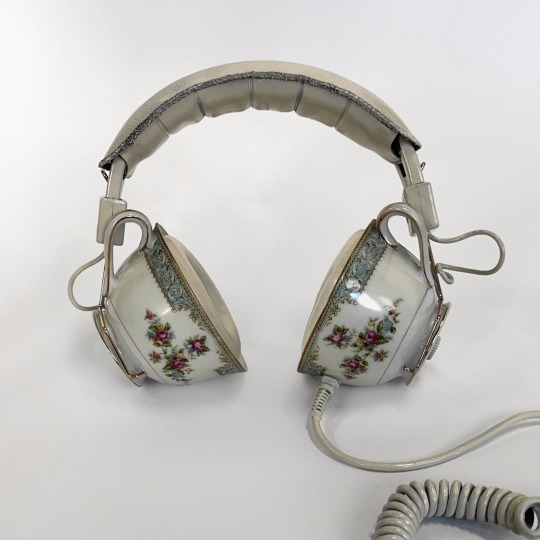

Nicole McLaughlin: ‘Teacup Headphones’
#nicole mclaughlin#tea#tea cup#teacore#whimsicore#kitsch#fairycore#cottagecore#aesthetic#cottage aesthetic#art#headphones#tech#technology#techcore#cutecore#tea party#fairy#cottage#lovecore#coquette#softcore#fashion#headwear
17K notes
·
View notes
Text
Peon Hats Timeless Stylish Fashion

Peon Hats
In headwear fashion, sure pieces stand out not just for their fashion, but for their enduring appeal. Peon hats exemplify a mix of culture and modernity that captivates wearers across generations.
Exploring the Peon Hat: A Historical Overview
Peon hats’ adventure traces back to their humble origins, regularly associated with people and farm workers in diverse cultures. Originally crafted for realistic purposes, these hats developed through the years, transcending their utilitarian beginnings to become style statements of their right.
Peon Hats From Tradition to Modernity
As style tendencies shifted and cultural influences mingled, Peon hats underwent a transformation, adapting to cutting-edge tastes and even preserving their essence. From simple straw designs to elaborate embroidered variations, the evolution of those hats displays converting societal norms and aesthetic preferences.
read more
0 notes
Text

The Messianic Prophecies veil, Krad Lanrete
#krad lanrete#headwear#gothic lolita#egl fashion#kuro lolita#lolita fashion#classic lolita#harajuku fashion#jfashion
2K notes
·
View notes
Text









noblewomen's headwear
in 15th c. manuscript illustrations, mostly french and dutch
sources: Paris, BnF, Français 2693, fol. 64v // Cologny, Fondation Martin Bodmer, Cod. Bodmer 53, fol. 3r // Paris, BnF, Ms-5070 réserve, fol. 120r, 260v, and 387r // Basel, Universitätsbibl., O I 18, fol. 50v // Vienna, ÖNB, Cod. 1857, fol. 51r // Paris, BnF, Français 77, fol. 242v // Cologny, Fondation Martin Bodmer, Cod. Bodmer 49, fol. 91r
#historically unmatched hat game imho#15th century#medieval fashion#medieval hats#medieval women#headwear#hats#fashion history#illuminated manuscripts#medieval art
228 notes
·
View notes
Text

Tintype of best buds in bowler hats enjoying a joke for two, c. 1880s
#get you a man who shares your sense of humor AND headwear#19th century#1800s#1880s#19th century fashion#1880s fashion#fashion history#historical fashion#gay interest#vintage men#19th century men#tintype#ferrotype#menswear
320 notes
·
View notes
Text

brimmed headwear piece i made in 2021
320 notes
·
View notes
Text

submitted by @edwardian-girl-next-door 🩶💛
#historical fashion poll submission#historical fashion polls#fashion poll#historical dress#historical fashion#dress history#fashion history#fashion plate#20th century fashion#early 20th century#20th century#1900s style#1900s dress#1900s fashion#circa 1900#early 1900s#1900s#circa 1901#1901#historical hats#hats#headwear
70 notes
·
View notes
Text
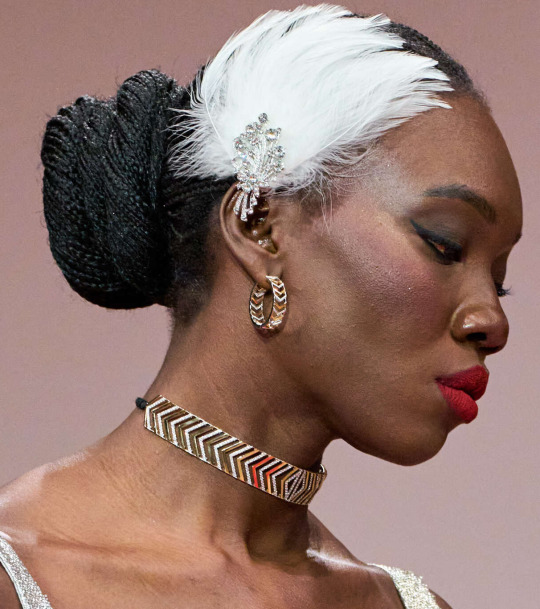

headwear details @ anaya | spring 2024
160 notes
·
View notes
Text


CFIERCE antenna hat
#cfierce#hat fashion#headwear#style#fashion#designer#cutecore#softcore#pastelcore#pastel fashion#warmcore#soft icons#lovecore#messy icons
421 notes
·
View notes
Text

Whimsical Headgear 11
By Jeff Stanford, 2024
Buy prints at:
https://jeff-stanford.pixels.com/
#© Jeff Stanford#midjourney#midjourneyart#ai#discord#digitalart#aiart#Artists on tumblr#portrait#illustration#woman#hat#feathers#whimsical#headgear#headwear#headpiece#model#fashion#elaborate#costumes#niji 6
110 notes
·
View notes
Text
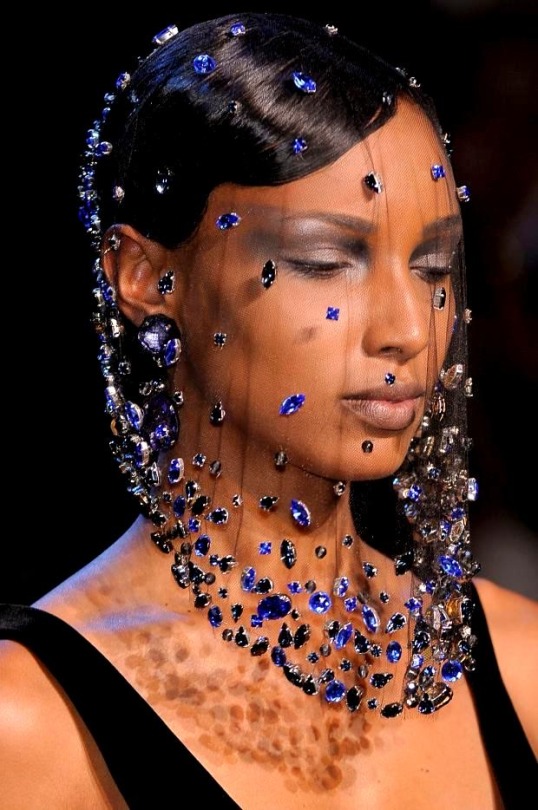


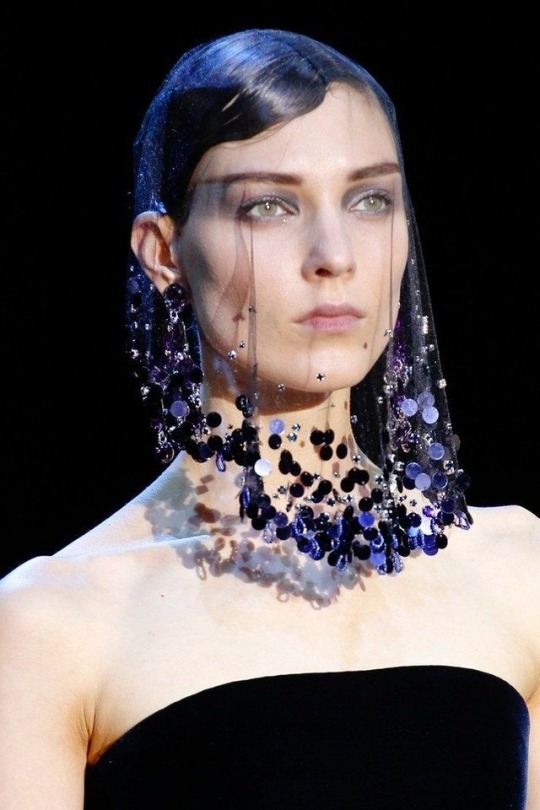
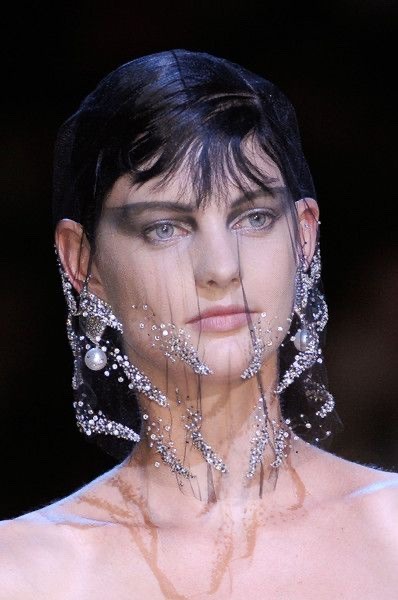

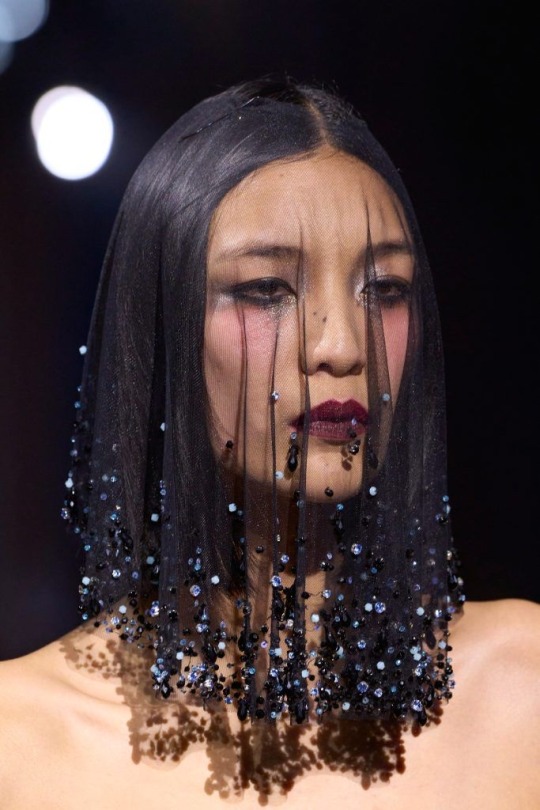

Giorgio Armani Privé: Fall/Winter (2012)
#giorgio armani#armani#giorgio armani privé#fashion#haute couture#clothes#accessories#headpiece#headwear#aesthetic#2010s#2010s fashion#fashion blogger#fashioncore#fashion aesthetic#paris#runway#fashion show#veils#veil
5K notes
·
View notes
Text

#1920s#headwear#fashion#women#antique#photography#found photo#old photography#old photo#20s fashion#antique photo#vintage#found photography#old photos#vintage photos#vintage photography#style#found photos#b&w#black and white
38 notes
·
View notes
Text
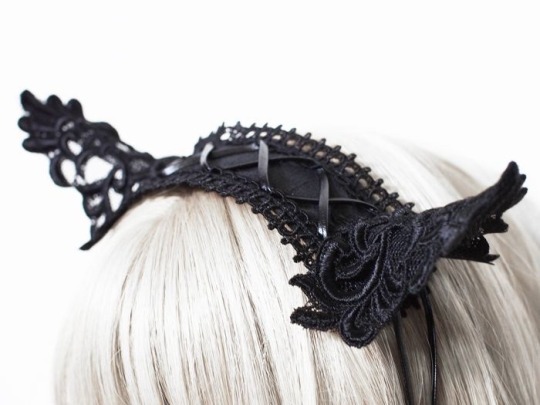
Hecate headress, Antique Beast
#antique beast#headwear#gothic lolita#oldschool lolita#vkei#visual kei#goth#gothic#egl fashion#classic lolita#kawaii#harajuku fashion#jfashion
667 notes
·
View notes
Text
Photos of 16th-17th century Irish clothing
Extant garments in the National Museum of Ireland
Notes: The garments in this post are all bog finds which means their current color may not be their original color. Although some of these items were found with human remains, no photos of human remains are included in this post.
Killery Cóta Mór (great coat) and brogues:
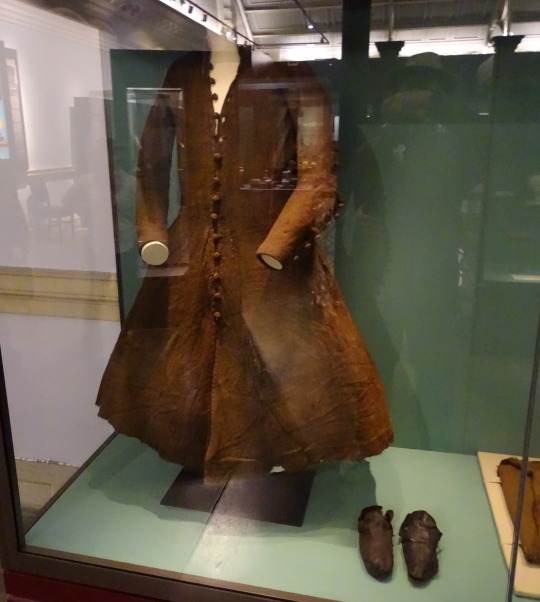
photos by hayling billy used under non-commercial, share alike license
The Killery outfit comes from an adult male bog body found in Killerry parish, Co. Sligo in 1824. It includes a cóta mór, triús, a brat, and shoes which are on display in the museum, and a sheepskin biorraid (conical hat) which fell apart shortly after it was found (Briggs and Turner 1986).
Killery triús (trews):
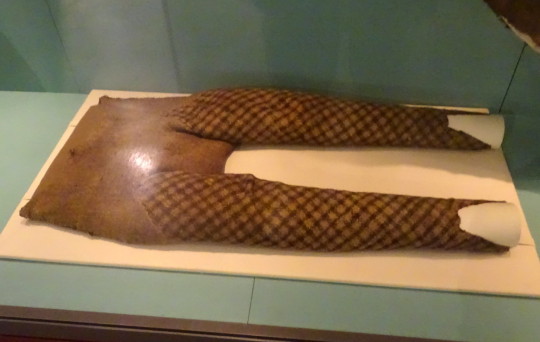
photo by hayling billy
Killery outfit with and without brat:

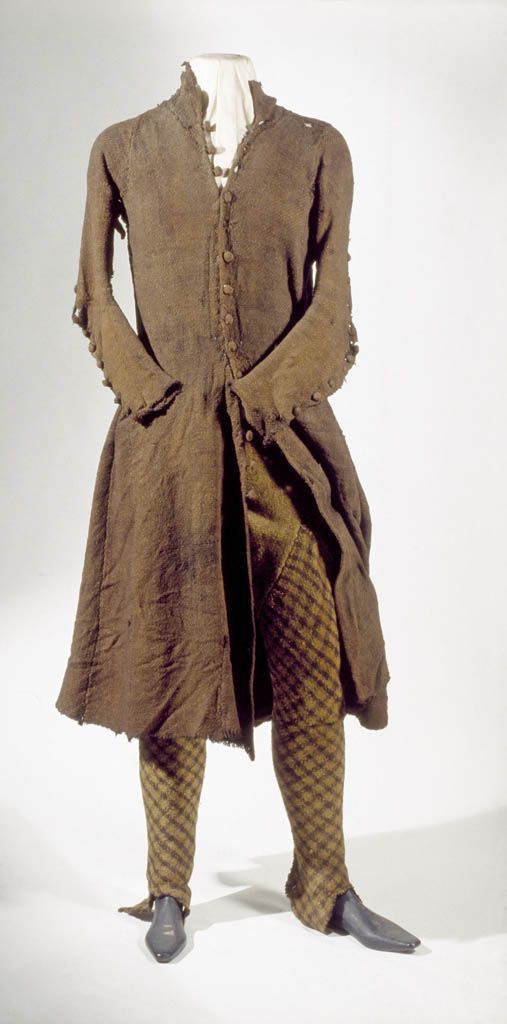
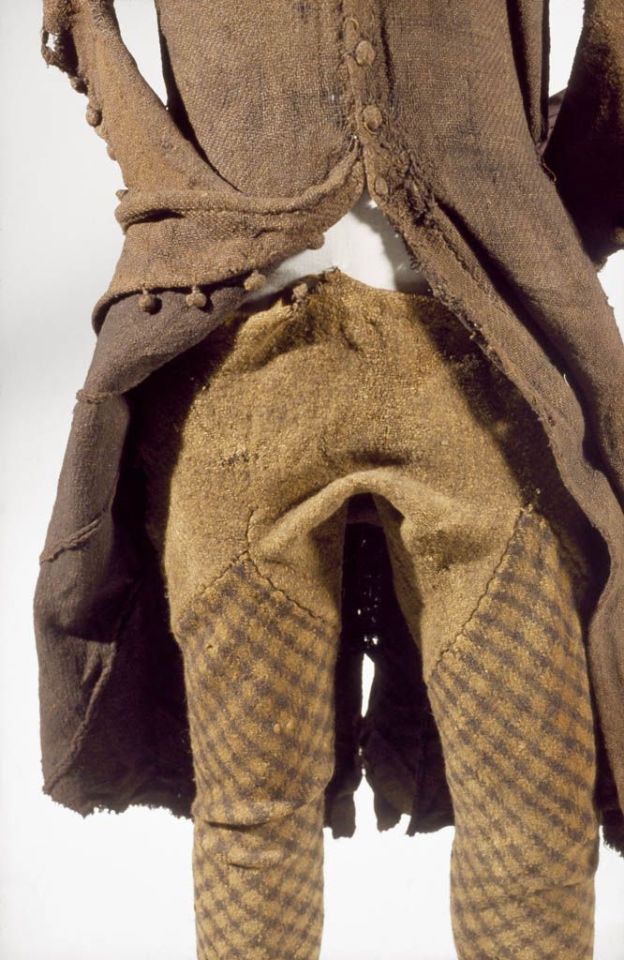
The outfit is generally dated to the 17th c. (Dunlevy 1989). It matches Luke Gernon's 1620 description of Irish men's winter apparel:
"in winter he weares a frise cote. The trowse is along stocke of frise, close to his thighes, and drawne on almost to his waste, but very scant, and the pryde of it is, to weare it so in suspence, that the beholder may still suspecte it to be falling from his arse. It is cutt with a pouche before, which is drawne together with a string."
Additional photos of the outfit: cóta front, hem, buttons, and brat.
Shinrone gown:
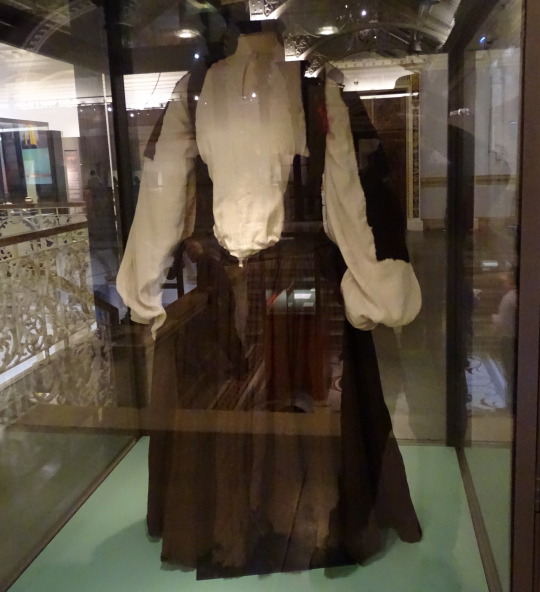
photo by hayling billy
The Shinrone gown was found in a bog in 1843 in Co. Tipperary near Shinrone, Co. Offaly. Unlike the Killery outfit, there were no human remains or other items found with it (Briggs and Turner 1986). The ends of the sleeves and possibly also the bottom of the skirt are missing. The sleeves would have had wrist cuffs or ties that allowed them to be fastened around the wearer's wrists. It probably also had loops or rings along the U-shaped center-front opening for lacing. It is typically dated late 16th-early 17th c, based on its similarity to a circa 1575 illustration by Lucas DeHeere and to the dresses described by Luke Gernon in 1620 (Dunlevy 1989, McGann 2000). It could be older however, because Laurent Vital described dresses with this type of sleeve in 1518.
Copyrighted, better quality photos: left front, right front, back Additional details: side-front, front waistline
Tipperary Cóta Mór:
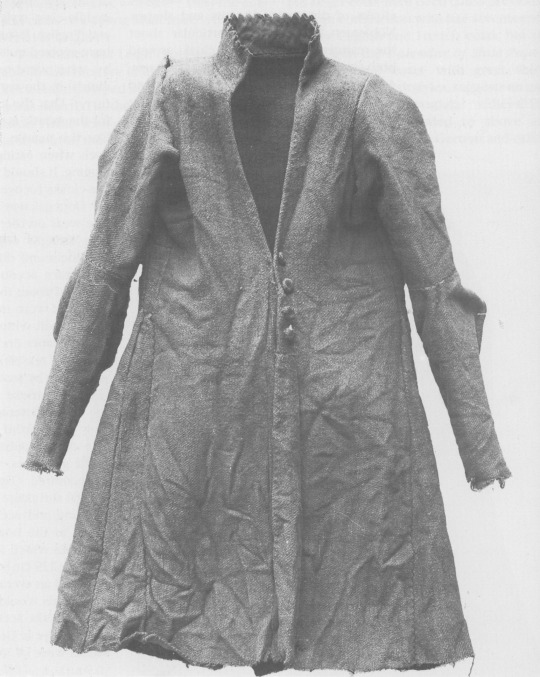

photos from Dunlevy 1989 and hayling billy
Another Cóta Mór. This one is from Co. Tipperary, exact find spot and date unknown. Like the Shinrone gown, it was not found with human remains or other items (Ó Floinn 1995). It is probably also from the 17th century (Dunlevy 1989).
Additional photos: front, side, front buttons, front detail, side
Brat and hats:

photo by hayling billy
I haven't been able to find any clear photos of the label on this display, but based on the excellent condition and the presence of the leather tie, I think this is the Meenybradden woman's brat.
Closeup of the tie:
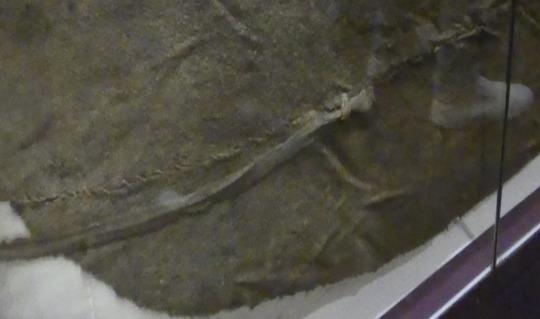
The Meenybradden woman is a bog body found in Meenybradden bog, Co. Donegal in 1978. The brat was wrapped around her as a shroud and secured with the leather tie (Delaney and Ó Floinn 1995). No other garments or artifacts were found with her, although she may have been wearing a linen garment such as a léine when she was buried. Linen tends to not survive in bogs. The Meenybradden woman has a calibrated radiocarbon date of AD 1130-1310, but some archaeologist have suggested humic contamination from the peat may be throwing off the dating. Her brat is identical in cut to others from the 16th-17th centuries (Delaney and Ó Floinn 1995).

Meenybradden brat laid flat. (photo from Delaney and Ó Floinn 1995)
Wool hats:

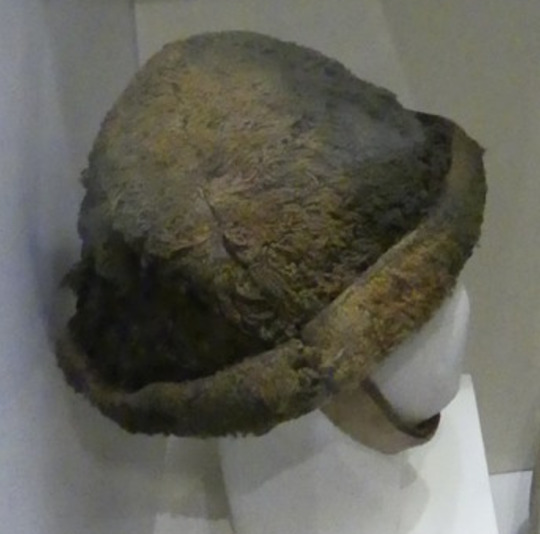
Hats from Boolabaun, Co. Tipperary made of wool felt which has been cut and sewn to form the shape. They have togs of unspun wool worked into them giving them the appearance of faux fur. Dunlevy suggests a 15th-16th c date for them (Dunlevy 1989, McClintock 1943).
Wool cloak:
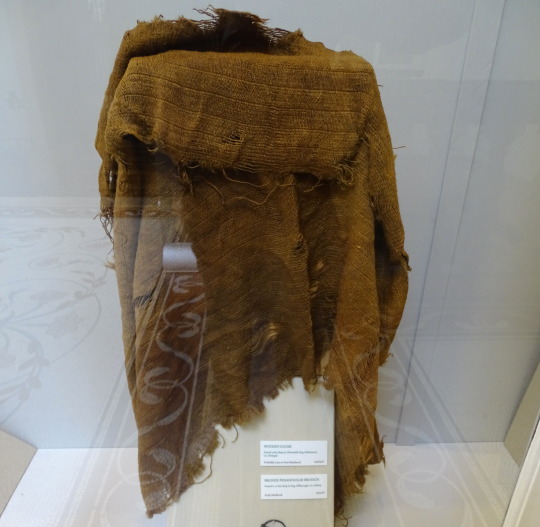
photo by hayling billy
The museum label says it's from Glenmalin bog, Malinmore, Co. Donegal, but I think this may be a mistake. According to Ó Floinn (1995), the artifact with accession number 1946:416 from Malinmore, Co. Donegal is a bale of linen. Ó Floinn's table also gives accession number 1946:416* for a group of clothing from Owenduff, Co. Mayo which includes a gown, a jacket, and a cloak. If the cloak in the photo is actually the one from Owenduff, it is probably from the 17th c (Dunlevy 1989). Alternatively, someone might have misidentified a wool cloak as a bale of linen. The museum label dates this as late Medieval to post-Medieval.
*Either Ó Floinn made a typo or this is a mistake in the museum records. Museums are not supposed to give the same accession number to 2 different artifacts. In the NMI's defense, 1946 was probably a messy year for everyone.
Bibliography:
Briggs, C. S. and Turner, R. C. (1986). Appendix: a gazetteer of bog burials from Britain and Ireland. In I. Stead, J. B. Bourke and D. Brothwell (eds) Lindow Man: the Body in the Bog (p. 181–95). British Museum Publications Ltd.
Delaney, M. and Ó Floinn, R. (1995). A Bog Body from Meenybradden Bog, County Donegal, Ireland. In R. C. Turner and R. G. Scaife (eds) Bog Bodies: New Discoveries and New Perspectives (p. 123–32). British Museum Press.
Dunlevy, Mairead (1989). Dress in Ireland. B. T. Batsford LTD, London.
Gernon, Luke (1620). A Discourse of Ireland. https://celt.ucc.ie/published/E620001/
McClintock, H. F. (1943). Old Irish and Highland Dress. Dundalgan Press, Dundalk.
McGann, K. (2000). What the Irish Wore/The Shinrone Gown — An Irish Dress from the Elizabethan Age. Reconstructing History. http://web.archive.org/web/20080217032749/http:/www.reconstructinghistory.com/irish/shinrone.html
O’Floinn, R. (1995). Recent research into Irish bog bodies. In R. C. Turner and R. G. Scaife (eds) Bog Bodies: New Discoveries and New Perspectives (p. 137–45). British Museum Press.
Vital, Laurent (1518). Archduke Ferdinand's visit to Kinsale in Ireland, an extract from Le Premier Voyage de Charles-Quint en Espagne, de 1517 à 1518. translated by Dorothy Convery and edited by me. https://irish-dress-history.tumblr.com/post/721163132699131904/laurent-vitals-1518-description-of-ireland
#16th century#17th century#irish dress#dress history#gaelic ireland#historical men's fashion#historical women's fashion#bog finds#irish history#historical dress#brog#bratanna#irish mantle#headwear#triús#cóta mór
79 notes
·
View notes
Note
Hi! I keep seeing hanfu robes with just one shoulder, usually for men. What's up with that? Is it a thing that actually existed?
Hi, thanks for the question, and sorry for taking ages to reply!
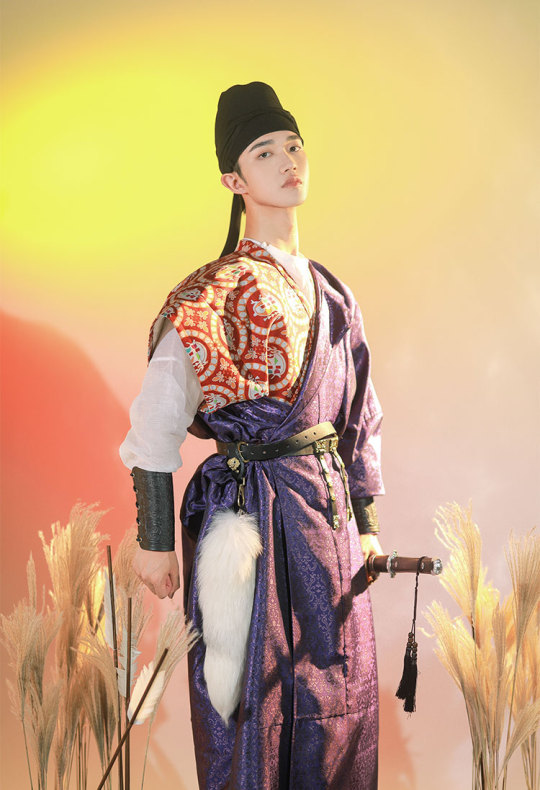
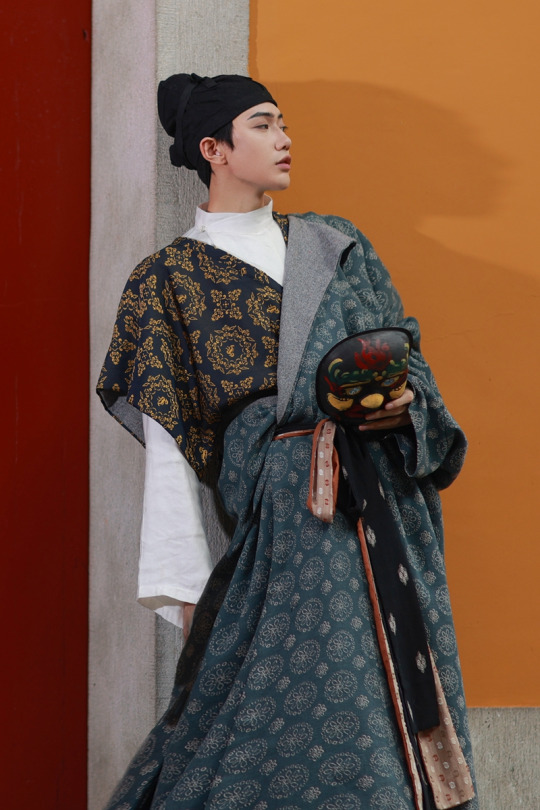
Yes, the style of wearing hanfu robes with just one shoulder for men existed historically, during the Tang dynasty. As @beehunni62 wrote in this post:
The specific trend of hanfu worn here was one used during the Tang Dynasty, specifically for archery and/or horse riding. It’s composed of a white silk round collar undershirt 圆领汗衫中衣, a jacket called a banbi 半臂, and a round collar robe 圓領袍.
The sleeve pertaining to the arm of the dominant hand was removed from the shoulder and tucked under the belt to allow for maximum mobility and comfort while shooting arrows or horse riding.
The trend created the opportunity for two or more different fabrics to be placed side by side showcasing an aesthetic contrast.
Please check out the post for a more detailed explanation with images.
Hope this helps! ^^
(Tang dynasty-style men’s hanfu photos via 君陈 and 汀兰颂)
#hanfu#mens hanfu#tang dynasty#zhongyi#banbi#yuanlingpao#history#reference#ask#reply#futou#mens headwear#>500#china#君陈#汀兰颂#chinese fashion#chinese clothing#chinese culture
762 notes
·
View notes
Text

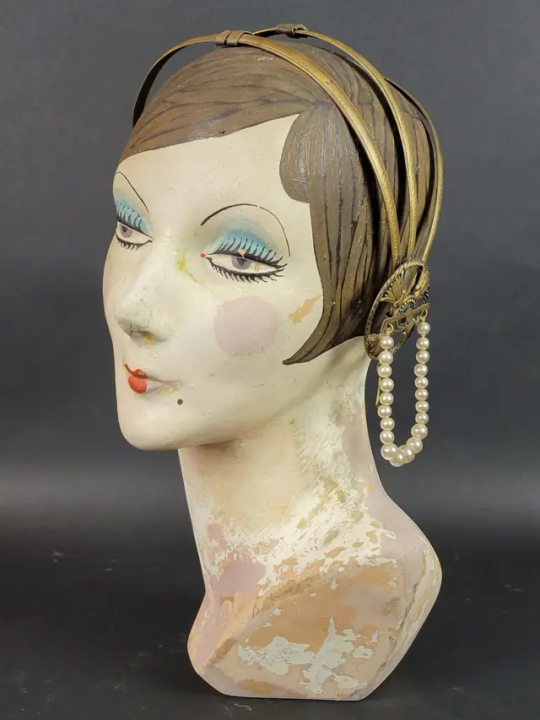


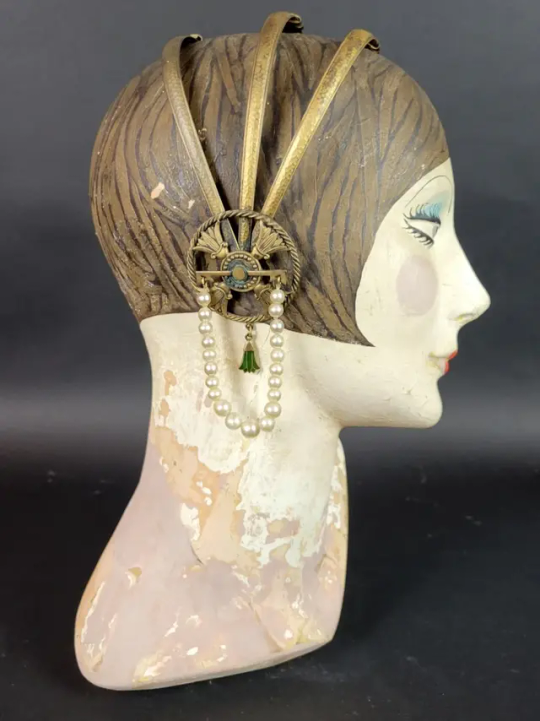
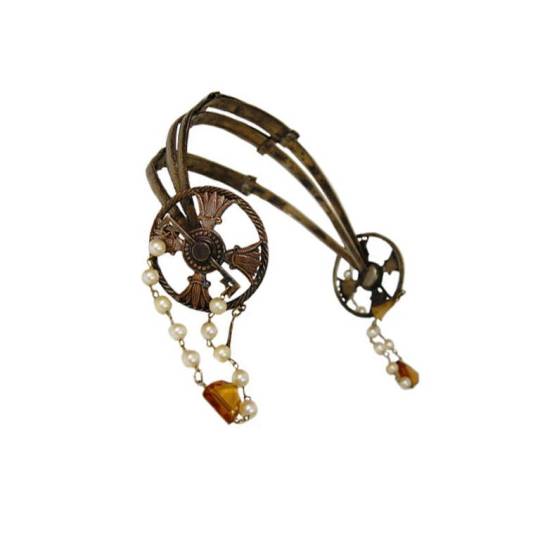
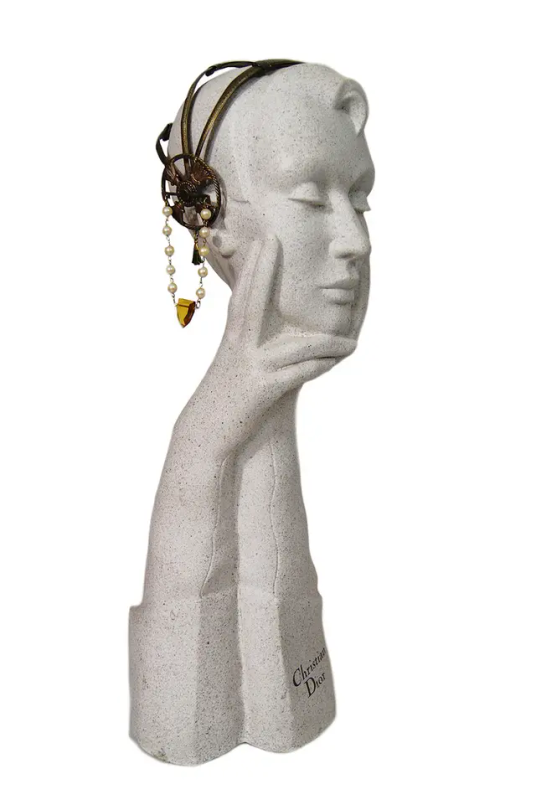
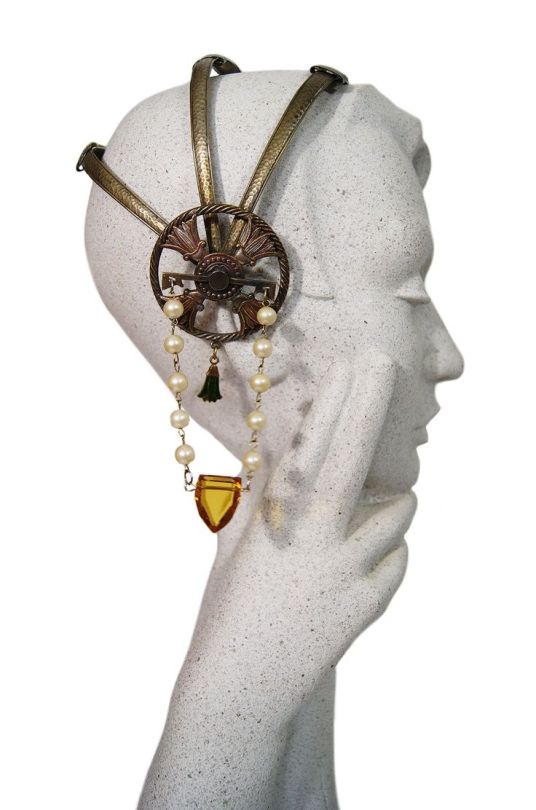


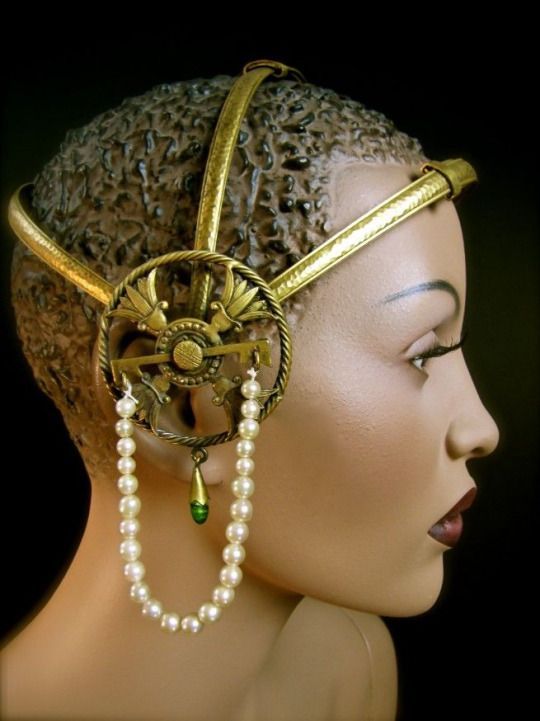
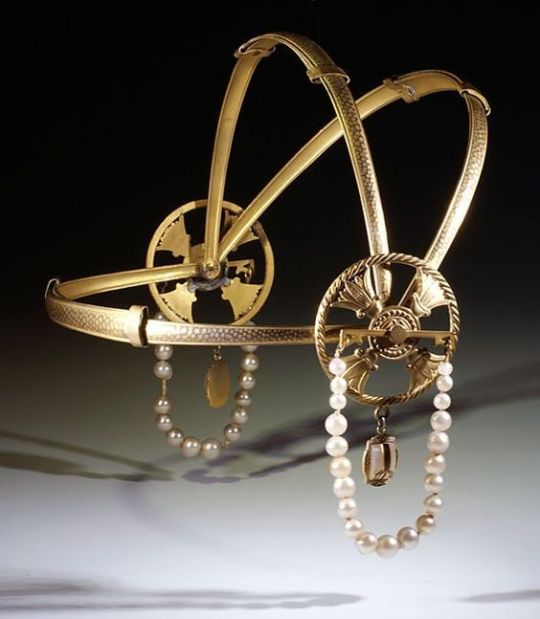

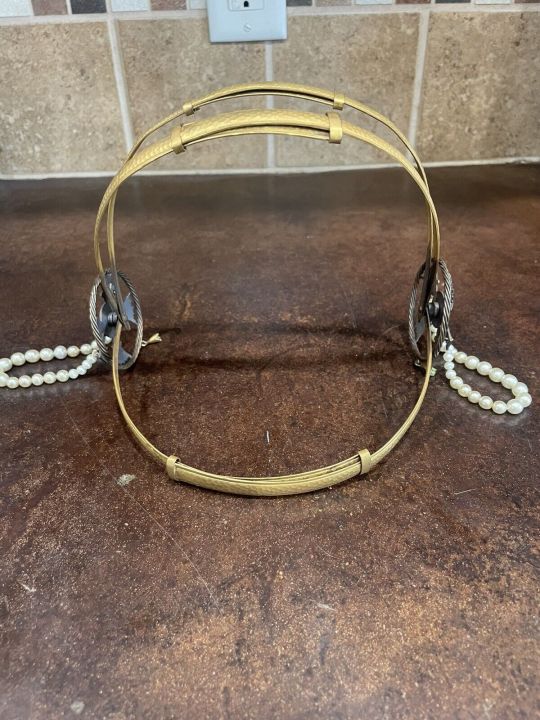
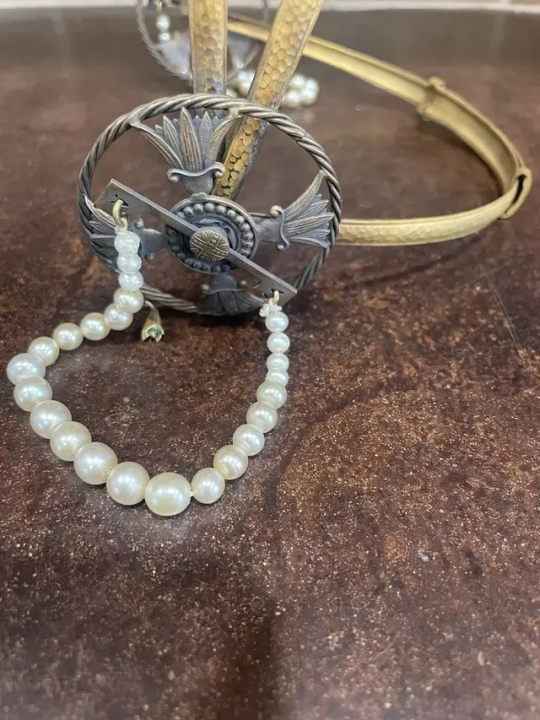
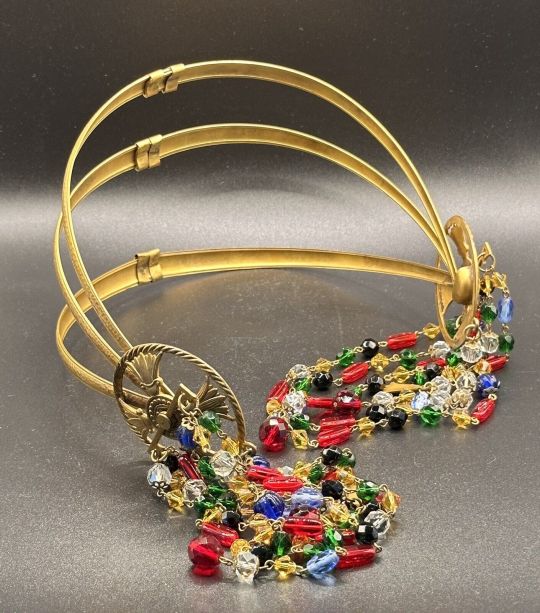
"Have One On Me" comparison :
-Right period, Focus on the 20s -
As Joanna said in an interview, a model in a some parisian art studio around 1920 in Paris (France) is one of the inspirations for the HOOM cover photo. For that post, I was planed to speak about 1920's flapper and kind of "the great gatsby" style. In pointing the headpice that Joanna wear on the picture. It's not visible in great details. And knowing the time period, and based on what I can see, I asumed it was some kind of "clasical" well knowned 20's headband. It was verry dificult to find an historical image that match well enought with the shape of that headpice. Lucky me! After houres of reserch, I think I found what Joanna was wearing during the photosoot day. Here it is :
A 1920's Rare Art-Deco Brass Egyptian Revival Flapper.
With those key words, you will can find more informations on the web. Here is what I learned on a Etsy page:
"This is for ONE of these authentic 1920's adjustable brass flapper head piece.
If you search "Egyptian Revival Brass Headpiece" on Pintrest you will find great pictures of these on models and alot of information…These are highly collectible and pretty rare to find for sale.
"These beautifully hammered metal art-deco headpieces were the “must haves” of the roaring 1920’s Egyptian revival period.They were fashioned with green-enamel drops and faux pearls dripping from a circular motif decorated tool bar. The pearl loop is attached to a metal rod that moves freely in a circle so as you move your head they will stay draped properly. Bilateral design and head brass bars are adjustable either way. The headpiece can be slightly bent by hand to match your head and then hammered down to keep that shape.
Only sign of age is some natural patina that is fairly even all over. This patina makes these pieces beautiful and truly antique. Headpiece does adjust to fit up to a 24 inch head comfortably."
https://www.etsy.com/listing/464363798/1920s-rare-art-deco-brass-egyptian?show_sold_out_detail=1&ref=nla_listing_details
#joanna newsom#have one on me#have one on me comarison#1920s#1920#art déco#egyptian revival#flapper#1920s fashion#headpiece#headband#headwear
52 notes
·
View notes